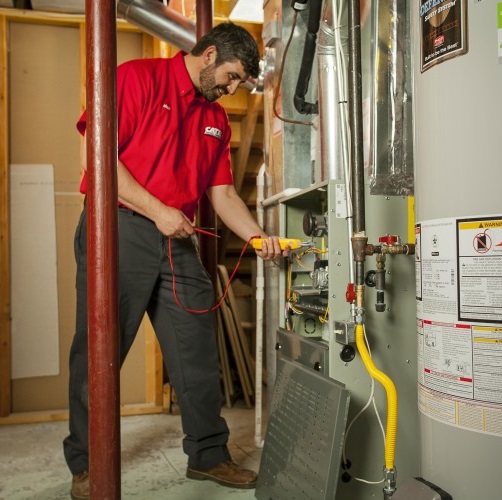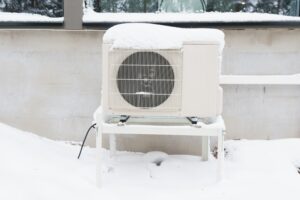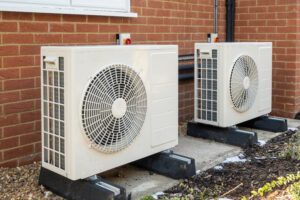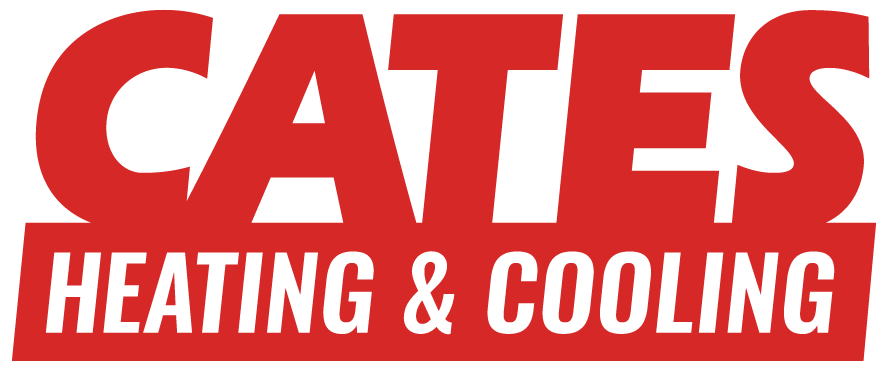We get a lot of furnace related questions! Here are our answers to some of the most common ones.

We get a lot of furnace related questions! Here are our answers to some of the most common ones.

Commercial and residential heat pump systems are wonderful additions to any home or commercial property, assuming they can be installed. They heat and cool a

If you have a heat pump installed, you understand how wonderful they can be, especially when you see how they can maximize energy bill savings.

Picture this: You wake up in the middle of a chilly winter night feeling colder than usual. You stumble out of bed and head for

